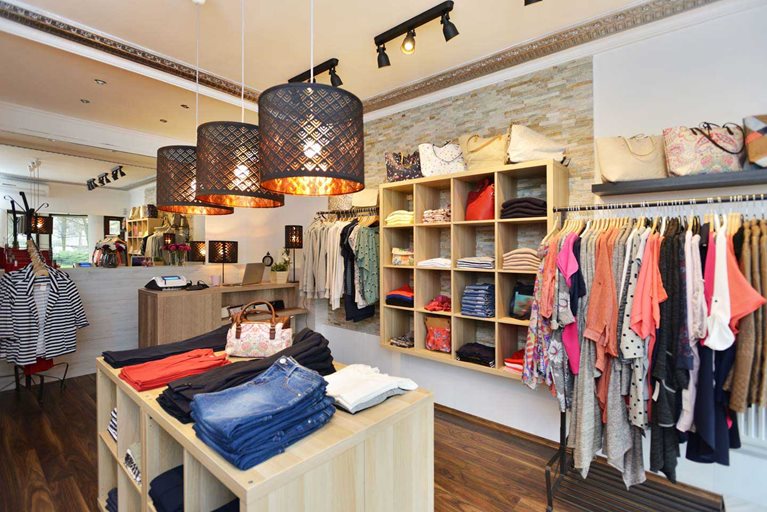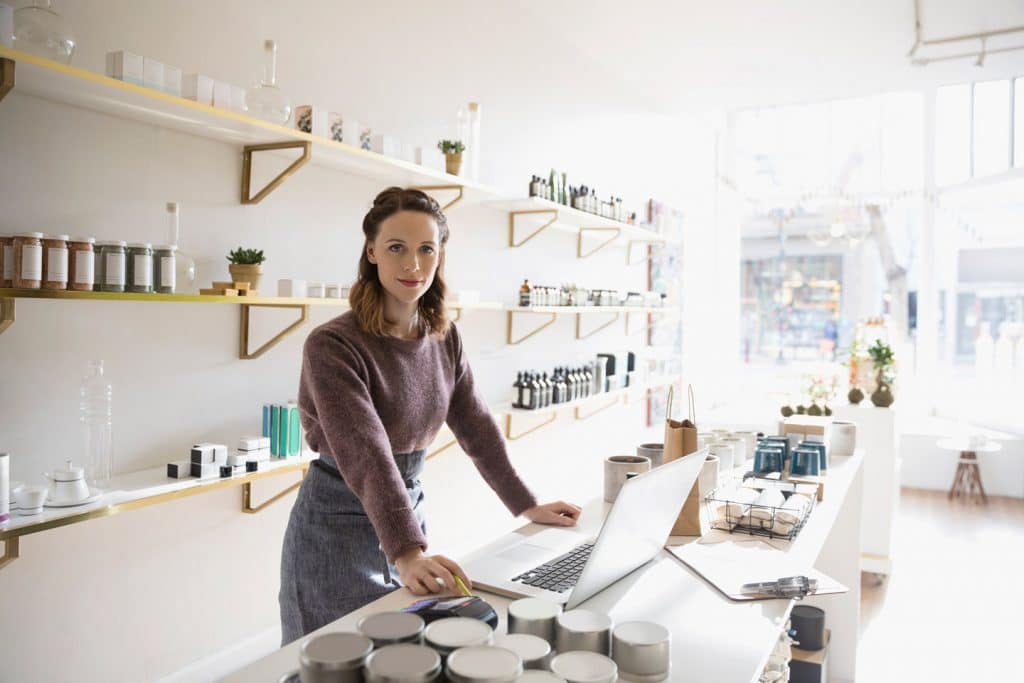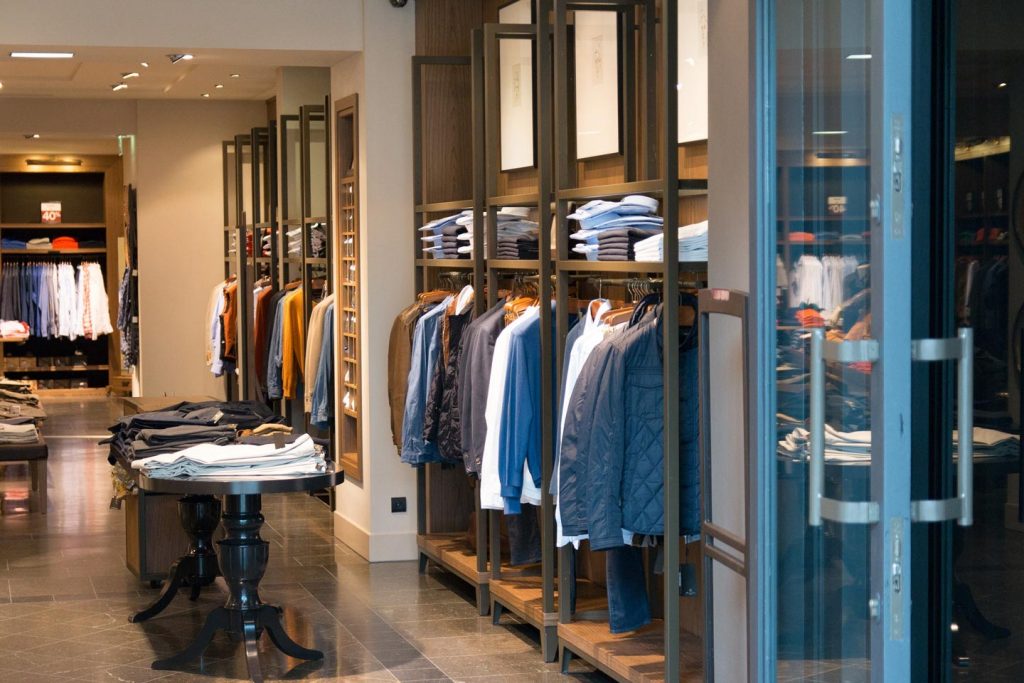
The Importance of Streamlining Fixture Change Outs
Fixture change outs were once rare events in the retail business, but this is starting to change. Shoppers are becoming more demanding, and retailers are recognizing that customer journeys need to provide them with fresh and novel experiences. That's why more and more stores are thinking carefully about how to merchandise and display their products, and this means getting the fixtures right.
“People aren't just looking at the product; they are actually influenced by the way that the product is laid out, by the way it's displayed," says Alan Pegram, founder and managing director at Global Display, an international manufacturer and supplier of fixtures. “There's been a downturn in retail over recent years, and physical stores realize that they won't build long term loyalty by having an online presence alone."
In early 2017, US retail giant Macy's announced its intention to close 68 stores, and according to a report by Shop! Association, retail footfall is declining at a rate of 15 percent annually. Not only are shoppers visiting stores less often than they once did, they're now buying less once they get there. The same report found that around half of shoppers are using physical stores as showrooms to examine products before choosing to purchase them online.
As bricks-and-mortar stores face disruption, online retail giant Amazon shipped over one billion products during the Christmas holiday period in 2016. In order to compete in an increasingly competitive market, research has shown that exciting window displays are the most effective way to encourage impulse purchases.
“Retailers are realizing that they have to bring to life or refresh their environments more regularly, otherwise consumers just aren't getting excited by it," says Pegram. “They've got to improve the in-store experience and create more theater."
This is particularly important for attracting the custom of millennials - both the largest demographic in the US and the most difficult to get into physical stores. But consumer research from the National Retail Federation states that millennials are more likely to enter a store if they believe they will have a new experience.
Regular fixture change outs are a key way of crafting those experiences, and keeping things fresh and appealing to young customers. The demands of shoppers continue to grow in sophistication, and retailers, therefore, need to think carefully about how they merchandise their products. But as fixture change outs become more and more frequent, another problem is emerging.
Managing storage and logistics
Storage space is a premium commodity in the retail industry and fixtures don't add any value to businesses when they're locked away in storerooms. No retailer wants to spend such a valuable resource on storing unused fixtures between seasons when that same resource could be used as additional space on the shop floor to showcase merchandise. This leads to many retailers choosing not to store their fixtures once they're finished with them. Instead, they simply throw them out.
“The sad fact of the matter is that fixtures often just get put in the trash," says Pegram. “Obviously retailers will try to recycle metals where they can, but often fixtures just end up being kept in storage indefinitely until they're needed again. The only alternative option is to find legal ways of dumping them."

Where companies are buying new fixtures to replace old ones, it would be cheaper and more environmentally sustainable to save them for later reuse. But this can be a challenge for retailers with limited storage space. When budgets are stretched, most shops would prefer to find more lucrative ways of leveraging storage space. This creates a hesitancy to sink large sums into new fixtures, ultimately limiting a retailer's ability to keep up with the consumer demand for exciting new experiences.
If a retailer lacks on-site storage, but chooses not to absorb the costs of throwing out their unused fixtures entirely, they may arrange off-site storage themselves. However, such a process is complex, time-consuming and often extremely costly.
Case study: The Container Store
The Container Store is a US chain that specializes in household storage and organization products. It regularly changes the main fixtures in each of its 76 outlets to meet the needs of its latest seasonal campaign.
Previously, The Container Store used its own vehicles to ship the fixtures from across the country to its distribution center in Texas. But this was expensive, labor-intensive and required operational oversight from the management team. The process also had to be repeated every single time the company wanted to change out their fixtures.
To overcome these challenging circumstances, The Container Store turned to PODS looking for a better solution. Large storage containers for unused fixtures were dropped off at store locations across the country, which allowed The Container Store's employees to load and unload fixtures with ease, at their own pace, and as their schedules permitted. The fixtures were then stored securely and conveniently on-site in containers.
The Container Store found that efficiency, merchandise accessibility, and operational ease were all increased by using a high-quality third-party storage solution. This also resulted in significant savings on transportation and storage costs for the company, and it meant that staff resources could be utilized to deal with the fixture change out process during quiet periods of the week or day.
Optimizing fixture change outs
Retailers that perform fixture change outs frequently know that the process always takes time. Staff have to put in additional hours to plan new layouts, move stock, and take down and put up displays. By removing the need to manage shipping and storage, working with third-party storage solutions can slash the amount of time fixture change outs consume.
“Budget is always a constraint with any form of redesign. Retailers need to continue to generate adequate sales per square foot of their real estate portfolios, so ideally, they want stores to remain open during construction," says Jo Rossman, editor and publisher at Shop! Association, a US trade body focused on enhancing retail environments and experiences. “Typically, the work needs to be performed with the least possible disruption to retail operations, which can mean nighttime installation work."

When retail operations span dozens of stores across multiple states, shipping can become a significant logistical challenge. Arranging vehicles and drivers, meeting legal requirements and precise scheduling are just a few of the organizational hurdles that companies handling transportation have to deal with. It's far more convenient to outsource this process to a third-party so that employees are freed up to focus on their primary responsibilities.
One of the advantages of externalizing the logistics of fixture change outs is the added flexibility it affords to retailers. Stores can set the exact time and place for the initial delivery of the storage containers, as well as the time and place for the return of the fixtures if they are taken off-site. This means that retailers have access to the fixtures whenever they are required.
The simplicity of changing the scheduled time and place of a delivery means that businesses can remain agile, and plans can be adapted on the fly. In an industry where the ability to adapt to consumer needs quickly is so crucial, flexibility is as necessary for the storage of fixtures as it is on the shop floor from day-to-day.
A third-party solution offers another benefit: it's easy. Little more input is required on the retailer's end than a phone call. Why make the fixture change out process more difficult than it needs to be? As well as ease, such an arrangement offers the additional benefit of a much-reduced margin for error; mistakes can be costly in retail, and taking advantage of third-party expertize makes them much less likely to occur.
Finally, the costs of storing and transporting fixtures accumulate quickly. In addition to the price of shipping equipment and warehouse space, the process requires manual labor, which accounts for significant expenditure. Employing an external firm means significantly fewer hours of paid labor are called for on the client side. Partnering with a third-party container delivery firm consolidates those expenses into a single, affordable sum.
Why PODS?
PODS is the original container delivery system and has been providing portable on- demand storage since 1998. When assisting stores with fixture change outs, PODS delivers large storage containers at a time and place of the retailer's choosing. Once that retailer's employees have loaded their fixtures, the containers can either be left on-site until they are no longer needed or taken away for remote storage then returned. The containers can then be returned or relocated in line with the retailer's specific requirements.
With years of experience and a proven track record in the retail industry, retailers can be confident that PODS will take much of the complexity out of fixture change-outs, leaving them to focus on more important business tasks and goals. Rather than worrying about what to do with fixtures, store them with PODS and focus on what you can do with all the time and space you'll save. As a PODS customer, you can rest assured that everything you need is just a phone call away. Find out more about the retail solutions we offer.
[maxbutton id="1"]
Comments
Leave a Comment
Your email address will not be published. Required fields are marked *
